Introduction
When you think of art, what is the first image that forms in your brain? A painting? A sculpture? Or is it digital art? In a country as diverse as India, artistic expression is just as diversified. From rock paintings to contemporary art in India, India has had a rich history of art. Each and every piece, tells its own tale and speaks volumes about the time period in the country.
History of Art in India
Between 2,500 and 1,800 B.C., the Indus Valley Civilization created the earliest known pieces of art: sculptures, seals and statues! They made miniature terracotta and bronze figurines of humans and animals such as cows and monkeys. For that time period, Hinduism remained the primary emphasis of Indian art. Mass production of sculptures of deities such as Lord Shiva also began.
Indian art includes a diverse spectrum of cultural activities. These include painting, sculpture, pottery, and textile arts such as woven silk. The origins of Indian art date back to prehistoric tribes existing in the third millennium BC. Cultural as well as religious factors have influenced Indian Art. Hinduism, Buddhism, Jainism, Sikhism, and Islam to name a few.
British involvement in India began in the 18th century with the establishment of art schools to promote European forms. As a result, folk art styles mixed with foreign influences. European buyers were allured to exaggerated versions of ancient art forms.
Post independence modern artists took inspiration from Indian tribal art. They began favouring the signature abstract or geometric patterns and aiming for minimalism.
Throughout Indian history, there are several pieces of art that have contributed to the evolution of art in India and their impact is still felt today. Starting from ancient times, the most iconic sculpture is the bronze ‘Dancing Girl of Mohenjo-Daro’, which demonstrates the development of art and exceptional human figure modelling for such an early age.
Major Milestones in the field of Art


Moving forward in time, the Ajanta and Ellora Caves are two archetypical rock-cut caves that epitomise Indian art and architectural achievement. Ajanta adorns beautiful paintings made on cave walls. They follow on the theme of Buddhism. On the contrary, Ellora is mostly about sculpture and architecture from three different religions that were prevalent in the country at the time—Buddhism, Hinduism, and Jainism.
The arrival of Mughals in India led to their significant contribution to Indian history with their magnificent architecture, such as Humayun’s tomb and the Taj Mahal. The Indian miniature paintings are another noteworthy relic from the era. The Persian patterns and style show the Mughals’ impact on these miniature paintings.

Raja Ravi Varma was one of the first artists who tried to incorporate more contemporary styles in his work. He was a royal protégé well-known for his paintings of Kings, Queens, and Aristocrats. Consequently, his most noteworthy work was his portrayal of Indian Gods and legendary creatures created Indian “calendar painting,” which notably affected Indian literature and Indian cinema.

Maqbool Fida Hussain is known as the “Indian Picasso”. He is credited with introducing modern art in India. One of his most famous paintings, ‘Battle of Ganga and Jamuna,’ sold for 9 crores at Christie’s. His contemporary art in India also utilised a variety of colours in this painting, such as dark and bright hues, to show the conflict between right and wrong.
Contemporary art and its inspiration

It was the decline of the Mughal empire that signalled the end of Indian classical and mediaeval art. Thus, contemporary art in India originated under the British occupation of India. Raja Ravi Varma, Abanindranath Tagore, Amrita Shergil, Rabindra Nath Tagore, and Jamini Roy are some of the forefathers of contemporary art in India. These artists had greater exposure to Western art movements. German Expressionism, Cubism, Fauvism, Dadaism, and Surrealism were tremendous inspirations for Indian painters, yet their fight to keep Indian identity persisted. They attempted to use far eastern painting approaches in addition to western methods and materials. Gradually, the essence of Indian painting transformed into a blend of western technique and Indian spiritualism.
Also read : Indian Street Art During Pandemic: A New Form of Expression
How is contemporary art influencing Indian Society?
Siddesh Gautam, aka bakeryprasad, is an Ambedkarite and mixed-media artist. He uses his postmodernist and minimalistic art to challenge his audience’s perceptions. Through his art he commemorates the achievements and various challenges faced by Dalits in India. Moreover, artists like Siddhesh utilise their art as a tool for education and social change.
Contemporary artists such as Raja Ravi Ram who “dared” to model Hindu goddesses after Indian women are frequently connected to social reforms. Indian society is in desperate need of such social reforms to progress. Moreover, it is Indian contemporary art that contributes to art tourism in India. On these art tours in India modern art is a frontrunner. They provoke people to realise the importance of art in their daily life.
Follow India Chalk on Instagram for more amazing travel content. You can share your travel story with us. Reach out to us on email at contact[at]ndiachalk[dot]com. This blog is curated by India Chalk and written by Aryaki M.

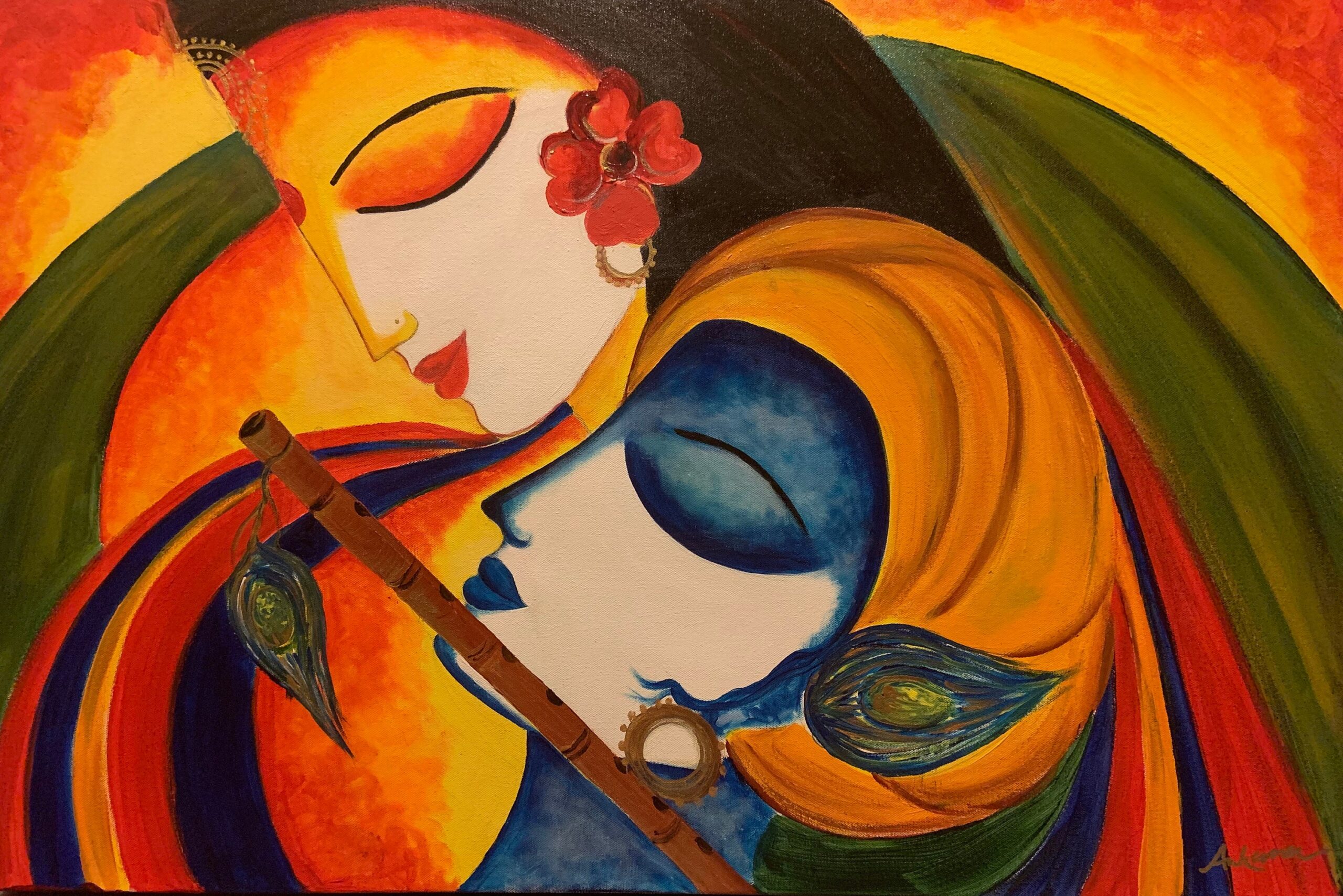
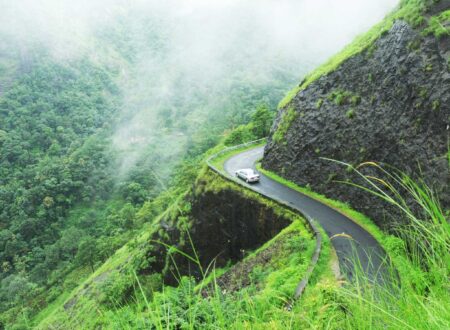
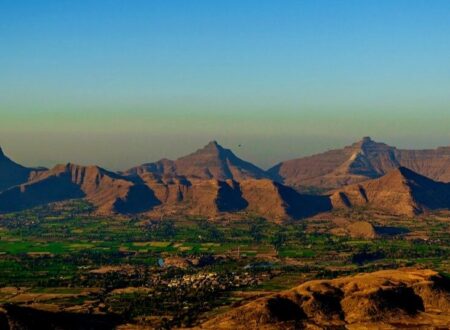
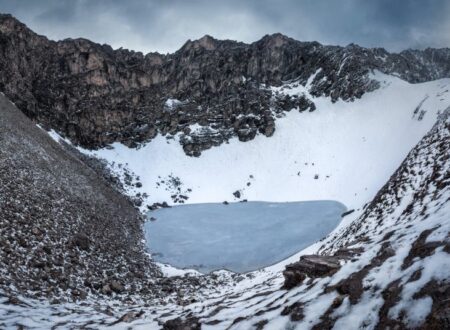

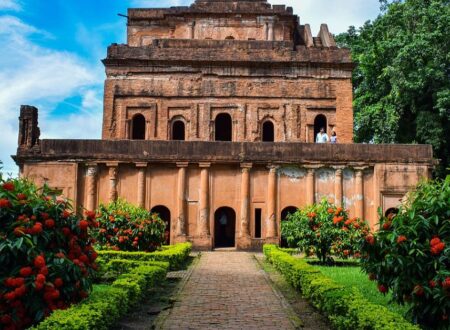
1 Comment